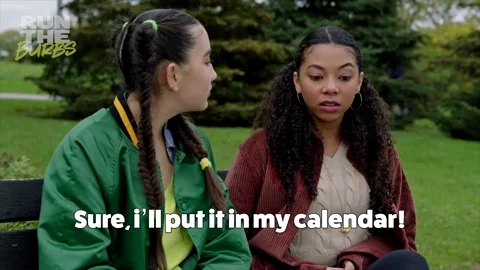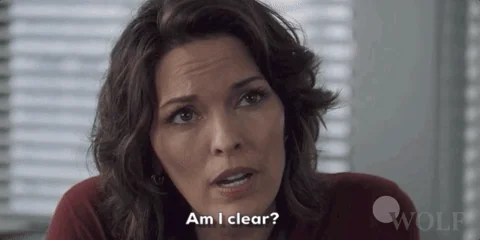
This logo isn't an ad or affiliate link. It's an organization that shares in our mission, and empowered the authors to share their insights in Byte form.
Rumie vets Bytes for compliance with our
Standards.
The organization is responsible for the completeness and reliability of the content.
Learn more
about how Rumie works with partners.
Did you know that poor communication is the most common factor for 65% of divorces?
In the early days of my relationship, I remember feeling frustrated when my partner and I weren't communicating well with each other.
It's normal to feel upset when you're being misunderstood or misheard by your partner.
But don’t worry! These communication strategies will help your relationship get back on track and make your relationship stronger.
1. Set Aside Time to Talk
While this may sound obvious, you need to create opportunities to talk and connect with your partner.

Regular check-ins with your partner build trust, strengthen your bond, and create a safe environment for honest communication.
When you are checking in with your partner, remember to:
Choose a time where both of you are free. 🕒
Find a quiet place to chat. 🤫
Remove distractions such as phones, TVs, or other interruptions. 📵
2. Be Clear and Direct

Good communication with your partner should be clear and direct to avoid misunderstandings!
How do you do this?
Before you talk, think about what you want to say: Ask yourself how you're feeling.
Use “I” statements: Focus on your own feelings by using “I” statements like “I feel”, “I need”, or “I think.”
Stay focused: Talk about one topic at a time rather than bringing up multiple topics.
Be specific: Instead of giving vague statements, provide specific details about what you’re talking about.
Quiz
Quinn wants to talk to her partner about planning their upcoming trip. Which statements show clear and direct communication? Choose all the statements that apply:
Quinn should use "I" statements that are focused on the topic and specific to be clear and direct!
3. Use Active Listening

Active listening means paying full attention when someone is talking. It shows your partner you value them.
Active listening involves:
Paying attention: Focus on your partner, make eye contact, and avoid distractions. Listen to their words and body language.
Showing you’re listening: Nod, turn your body towards them, and give responses like "Okay," or "I see."
Giving feedback: Repeat or paraphrase what they’ve said, and ask questions if you’re confused.
Waiting for your turn: Don’t interrupt or jump in with your own opinions or stories.
Quiz
Alex is telling Morgan about his day at work. What can Morgan do to show active listening? Select all that apply:
Morgan can show active listening by asking follow-up questions, nodding, and responding with short phrases.
4. Communicate with Non-Verbal Cues
 Photo by Xuan Thu Le on Unsplash
Photo by Xuan Thu Le on UnsplashNon-verbal cues are body language and tone of voice.They support your words and show emotions.
If you tell your partner you're fine but sound annoyed, it sends mixed signals. Make sure your expressions and tone match what you’re saying.
For example, you can show you're willing to talk by:
Keeping an open posture and not crossing your arms.
Leaning in and smiling genuinely.
Using hand gestures.
Speaking calmly and not in a monotone.
Did you know?
Communication is 55% non-verbal!
A researcher of body language found that communication is 55% non-verbal, 38% vocal, and 7% words only.
5. Handle Conflict Calmly

It's important to handle disagreements calmly so you both feel respected.
When conflict arises, follow these steps:
Don’t blame your partner: It’s tempting to criticize your partner. Instead, focus on sharing your own thoughts and feelings using "I" statements.
Stay on topic: Stick to the main issue and don't bring up previous problems.
Stay open-minded: Listen to your partner’s side and assume they have good intentions.
Seek help if needed: If you can't come to an agreement, consider talking to a counsellor for a neutral perspective and advice.
Quiz
Sam is frustrated about being left alone to clean the dishes. How can they communicate calmly with their partner to avoid conflict?
Sam can use an "I" statement that shares their feelings, doesn't criticize the other person's behavior, focuses on the issue at hand, and doesn't bring up past problems or arguments.
Take Action
Successful relationships rely on good communication, and communication in relationships can be improved with practice!

Try out these activities to improve communication with your partner:
This Byte has been authored by
Desiree Mok
Educator
BEd